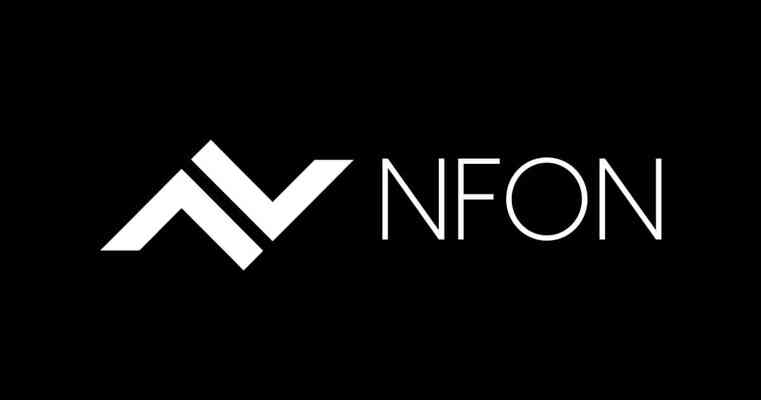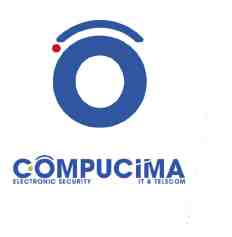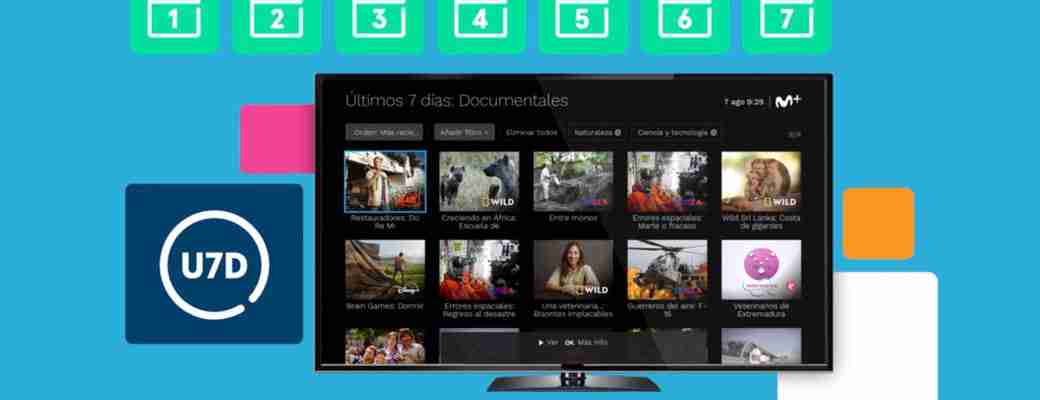Herramientas de optimización convexa y aplicaciones de telecomunicaciones
Several paramount results in convex optimization theory and its practical use have taken place over the last few decades. The engineering community not only has benefited from these recent advances by finding practical applications, but has also contributed
Several paramount results in convex optimization theory and its practical use have taken place over the last few decades. The engineering community not only has benefited from these recent advances by finding practical applications, but has also contributed to speeding up the mathematical development of both the theory and efficient algorithms. This has resulted in the creation and marketing of a great deal of tools that allow us to solve high dimensional problems very fast and accurately. Given all this diversity of options when it comes to choosing one tool or another, this work presents a survey of the most frequently used techniques and the programs that make possible the resolution of this kind of problems. The reason of focusing on convex optimization in particular is the extremely high solving efficiency that can be achieved, compared to non convex problems. Traditionaly, a distinction between linear and non linear problems used to be made to mark the difference between easy and hard to solve problems, but the actual watershed is their convexity or non convexity. When a problem is found to be convex, it can be efficiently solved either with a closed solution by means of Lagrange duality and its derivative conditions, or numerically with very powerful algorithms. As a consequence, once a problem is stated in convex form we can consider it solved. The main goal of this work is to present the most important resources in convex optimization that a telecommunication engineer may use to solve different problems within his/her professional field. These resources arise as existing algorithms and available programs in the market that use them. In order to get acquainted with them, we start with the basic theoretical foundations which are introduced in the first part of this report, and afterwards, the most relevant programs a user can get are examined; finally, two application cases are studied where all the principles that we have learned so far are put into practice. The first part of this work comprises the theoretical framework that allows us to transform the approach to different problems in order to reveal their convexity and thus to be able to solve them with available algorithms and programs. Unfortunately, most engineering problems are not convex as they are initially stated; although many of them keep a hidden convexity that we will have to discover if we want to be able to use all the available convex optimization machinery. In the second part, the main convex optimization software packages are examined. The foremost features of a set of tools selected by their relevance in the market are highlighted therein. We will analyze factors like their complexity or simplicity in use, implemented algorithms and techniques, or the way they can be acquired. We will shed some light on the difference between solvers and modeling systems, and we will see how the former is part of the core of the latter, where solvers are in charge of providing the execution of the minimization algorithms, whereas modeling systems serve as a descriptive languaje for the user to formulate the problem functions and constraints in a more intuitive format than the one used by the solvers. In the third part we will see two application cases in telecommunications where convex optimization tools are used. These will consolidate all the ideas and data from the previous chapters. The first one is a robust beamformer where variations in the steering vector are taken into account in order to keep them from damaging the receiver’s quality. In this example the results of the bibliography I looked up are successfully replicated, and several features of the underlying nature of the problem which I had not detected before the implementation are highlighted, for instance, the importance of the size assigned to the uncertainty region, and the values that make the problem unfeasible. The results show a comparative in the behaviour of different optimization tools, and the big advantage in throughput offered by convex optimization packages with respect to those oriented to (nonconvex) global optimization is specially noticed. The second application consists on the design optimization of a linear precoder in MIMO-OFDM systems as a function of two criteria: minimizing the mean square error of the transmitted data streams, or maximizing the system mutual information. Either way, a power control constraint is applied to reduce the OFDM signal level variations. Two optimization models are implemented: a non-cooperative scheme where each carrier is considered as an independent channel, and a cooperative strategy where the full set of carriers is considered as a single channel spanning all of them, and the optimization allows the optimal distribution of information among different carriers. In this second example I have only used convex optimization tools due to the difference in reliability shown in the first practical case.
Aplicaciones Tecnológicas
Las torres y antenas de telecomunicaciones, por su altura y ubicación, son puntos con un alto riesgo de caída de rayos. Estos elementos deben ofrecer un servicio ininterrumpido y eficiente y, en caso de instalaciones sin presencia de personal, el coste y el tiempo de reparación puede aumentar de forma importante.

La protección contra el impacto directo del rayo y contra sobretensiones evita daños a los equipos e interrupciones del servicio, reduciendo costes de mantenimiento.
▷ Aplicaciones En Telecomunicaciones Television Por Cable Internet Video Etc en Barcelona
DIRECTORIO DE Aplicaciones En Telecomunicaciones Television Por Cable Internet Video Etc

Tenemos 1 empresa de APLICACIONES EN TELECOMUNICACIONES TELEVISION POR CABLE INTERNET VIDEO ETC en nuestro directorio de empresas. Te mostramos todas las empresas, sus horarios, teléfonos, precios y direcciones de interés. Además puede que te interese ver las empresas de aplicaciones de voz para websites que hay en la zona, así como las de aplicaciones informáticas que también existen en Barcelona. Entre la empresa que mencionamos en el listado, te recomendamos visitar FIBEROPT, S.L..
Demografía: DOCTOR RIZAL, 11 Barcelona, Barcelona 8006 España















Post a Comment